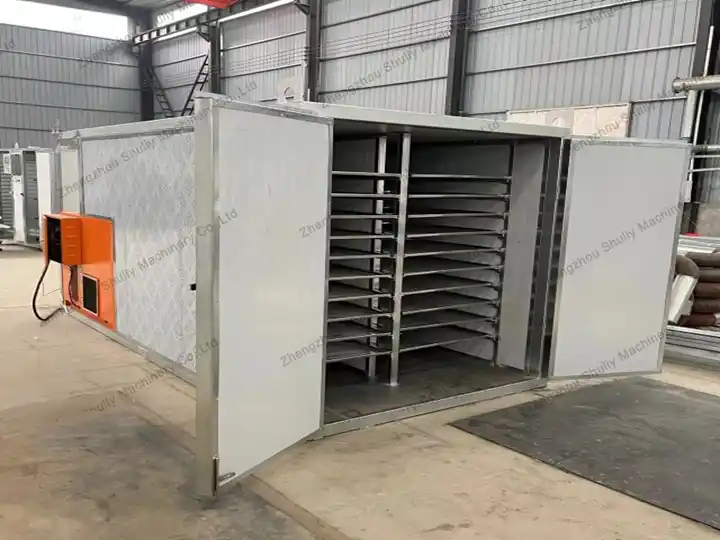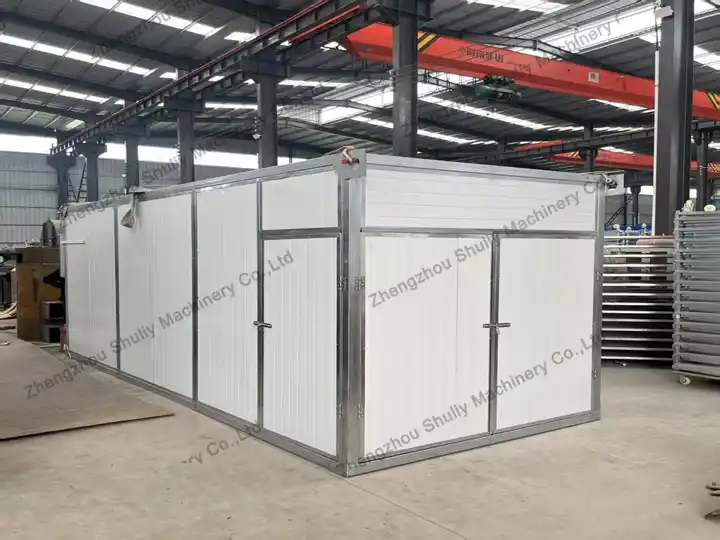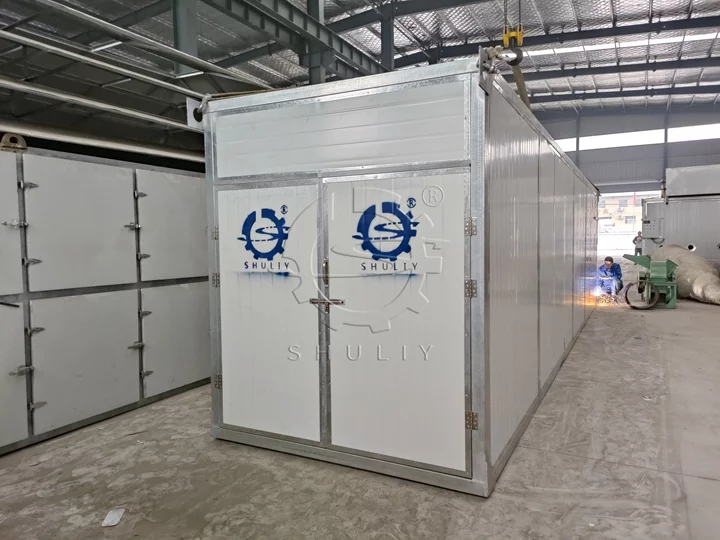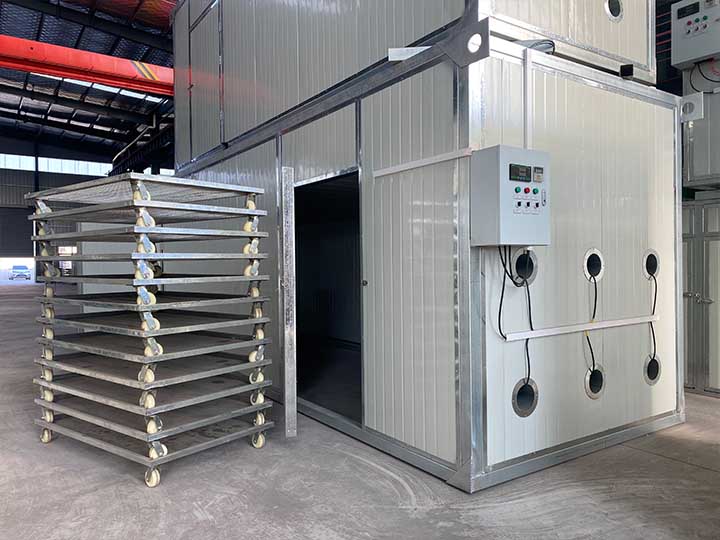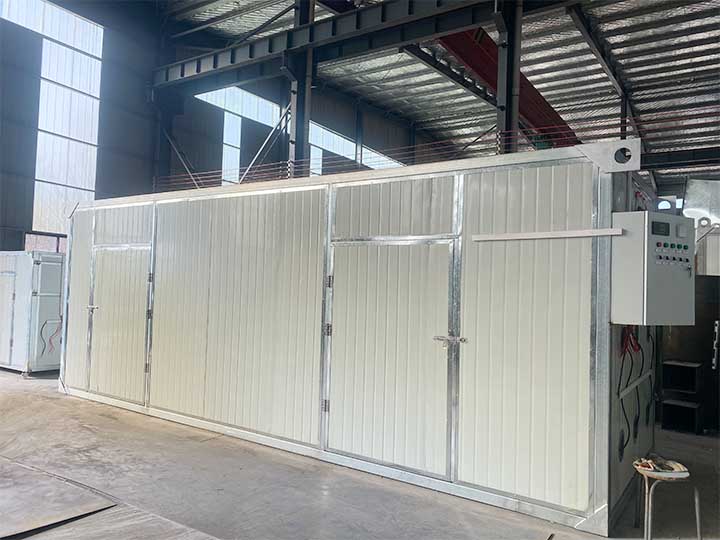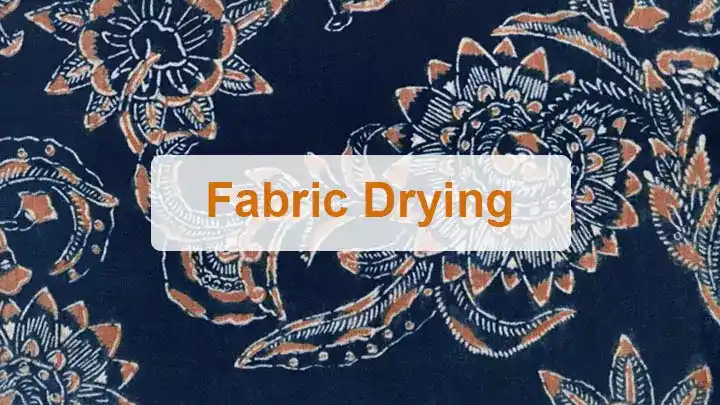
A fabric dryer machine is an industrial machine that quickly evaporates moisture from fabrics and dries them evenly using high-temperature, circulating hot air. Depending on the heat source, dryers can be air source heat pumps, electric heating, or sulfur-free coal hot air types. The core principle is double-sided hot air circulation with temperature and humidity control, ensuring fabrics dry evenly without damaging fibers or dyes.
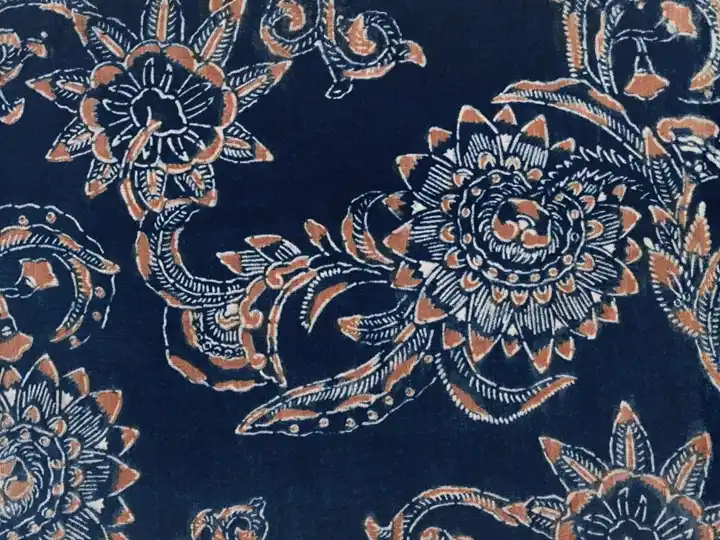
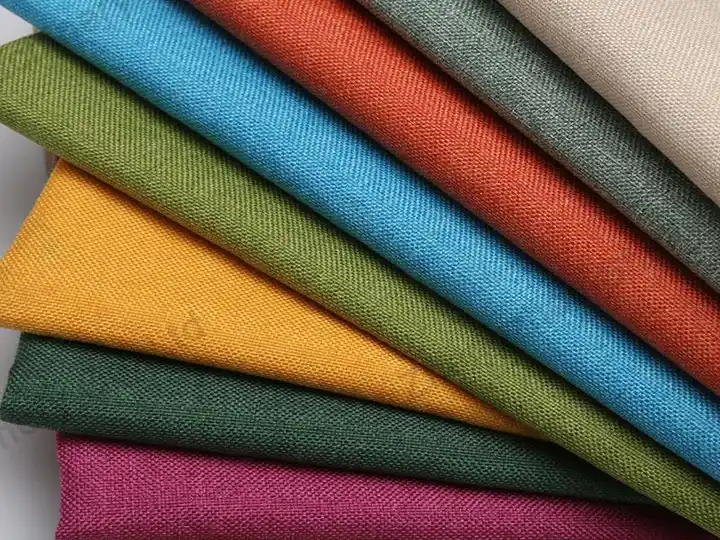
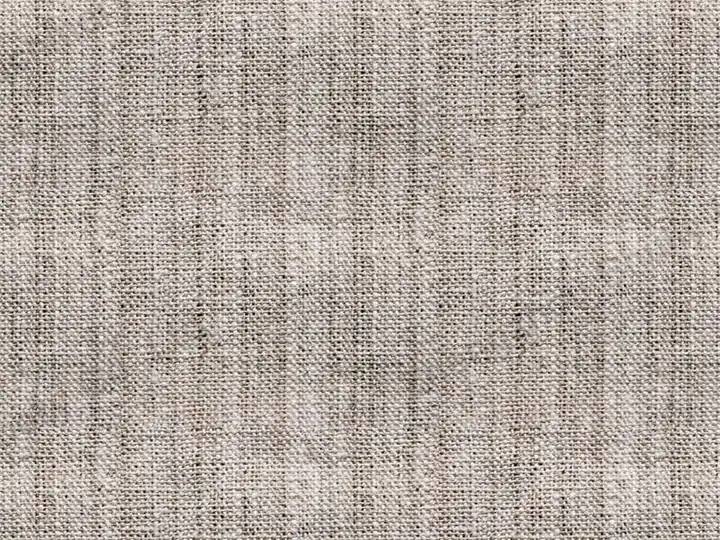
Working Principle of Fabric Dryer Machine
Wet fabrics are laid flat or hung on racks to avoid overlapping, ensuring hot air circulates evenly. The heat source (air source heat pump, electric heating, or sulfur-free coal) heats the air, with temperature adjustable based on fabric type and dye, generally controlled at 50–65 ℃. A fan circulates the hot air, removing moisture from the fabric surface, while the exhaust system vents the water vapor to maintain drying efficiency.
The entire process is automatically monitored and adjusted by temperature and humidity sensors, preventing local over-drying or shrinkage, and achieving uniform, controllable drying.
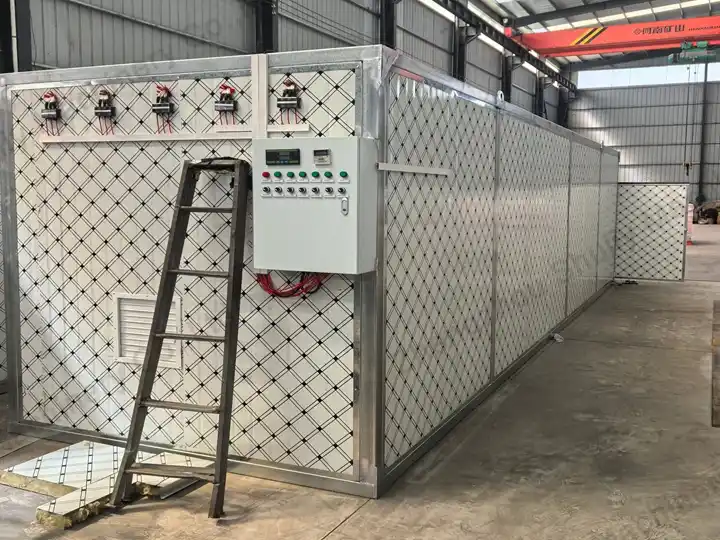
Working Process
- Place wet fabrics evenly on racks or hangers.
- Select the appropriate heat source (air source heat pump / electric heating / sulfur-free coal) and start the drying room.
- Adjust the temperature to 50–65 ℃ and circulate hot air with fans to evenly blow over the fabrics.
- Automatically exhaust moisture to maintain drying efficiency and stable fabric color.
- After the first drying, check the fabric’s moisture; perform a second drying if necessary.
- Once drying is complete, remove fabrics from the drying room for finishing or rolling.
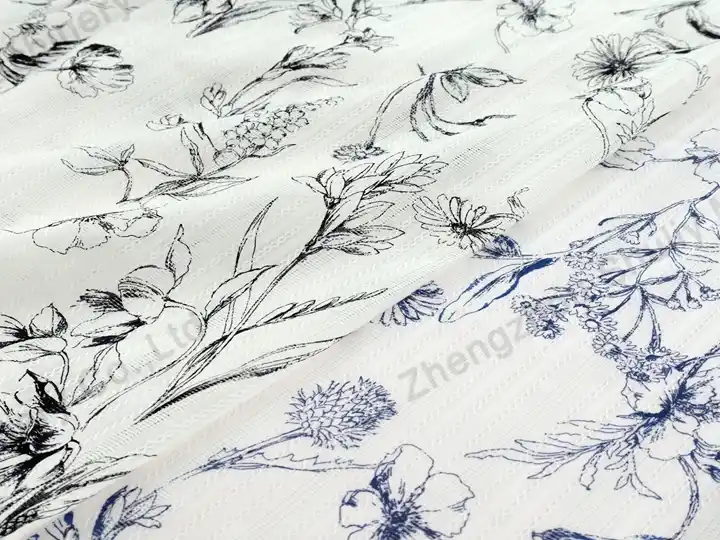
Fabric Drying Temperature and Relative Humidity Curve
This refers to a line chart showing how the temperature and relative humidity change during the fabric drying process.
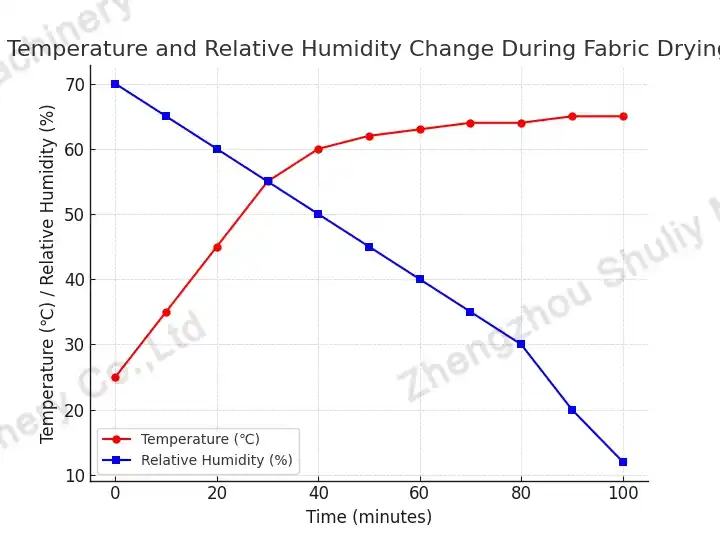
What Models of Fabric Dryers are Available?
| Model | Dimensions(mm) | Drying crews | Quantity of drying material (times/kg) |
| SL-2 | 4000*1860*2500 | 2 | 300-600 |
| SL-4 | 6000*1860*2500 | 4 | 500-1000 |
| SL-6 | 7200*2300*2500 | 6 | 800-1500 |
| SL-8 | 8500*2300*2500 | 8 | 1000-2000 |
| SL-10 | 10000*2300*2500 | 10 | 1200-2500 |
| SL-12 | 8500*3300*2500 | 12 | 2500-4000 |
| SL-18 | 8500*5000*2500 | 18 | 4000-6500 |
| SL-24 | 12000*5000*2500 | 24 | 5000-8000 |
Advantages of a Fabric Dryer
- High Efficiency and Energy Saving: Advanced hot air circulation system and efficient heating reduce drying time to 1/4–1/6 of natural air drying, while saving energy.
- Uniform Drying: Scientifically designed air ducts and multi-point temperature and humidity control keep fabric temperature at 50–90 °C and moisture at 10–15%, ensuring even drying inside and out.
- Protects Color and Fibers: Precise temperature and humidity control prevent dye fading, shrinkage, or deformation, suitable for cotton, polyester, blends, and post-dye wet fabrics.
- Wide Applicability: Supports batch or continuous production, with a single-batch capacity of 10–50 tons, compatible with various fabric thicknesses and materials.
- High Automation: Intelligent control throughout the process, including timing, temperature, and humidity monitoring, and fault alarms, greatly reduces manual intervention and improves efficiency.
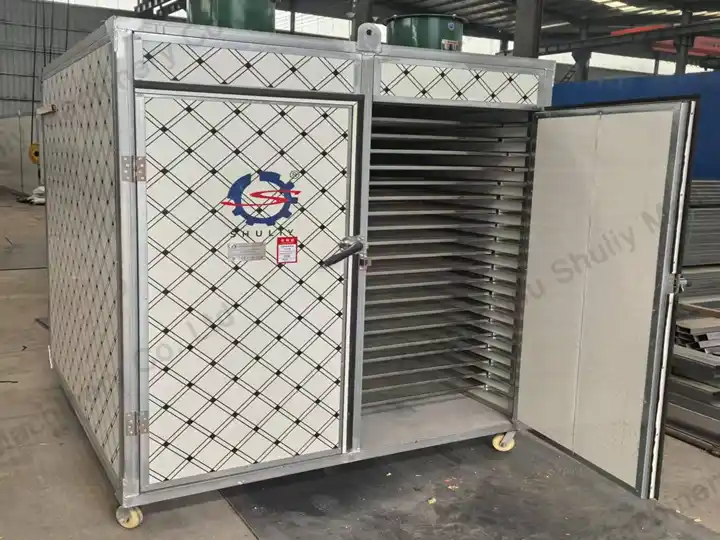
Application Scenarios
Textile Factories
Drying raw or semi-finished fabrics such as cotton, linen, wool, and synthetic fibers.
Dyeing & Printing Factories
Rapid drying of dyed, printed, or finished fabrics.
Garment and Home Textile Factories
Drying large-area fabrics like grey cloth, finished garments, bedding, and curtains.
Industrial Fabric Processing
Drying medical fabrics, industrial filter fabrics, protective fabrics, etc.
How to Choose the Right Fabric Dryer Machine?
Select a model based on batch size
- Small batch production (300–1,000 kg per run): SL-2 or SL-4
- Medium batch production (800–2,500 kg per run): SL-6, SL-8, or SL-10
- Large batch production (2,500–8,000 kg per run): SL-12, SL-18, or SL-24
Consider the number of drying trays and drying efficiency
- More trays allow higher capacity, but require better hot air circulation and uniform drying.
- Example: SL-2 has only 2 trays, suitable for small workshops; SL-24 has 24 trays, ideal for large industrial continuous production.
Choose a size according to the workshop space
- Small models (4,000–6,000 × 1,860 mm) take up less space, suitable for limited workshops.
- Large models (8,500–12,000 × 5,000 mm) are suitable for industrial production lines with ample space.
Select a heat source based on the fabric material and dye
- Air source heat pump: energy-saving, precise temperature control, suitable for cotton, polyester, and blended fabrics with strict temperature and humidity requirements.
- Electric heating: fast heating, easy operation, suitable for quick drying or small batches.
- Sulfur-free coal: suitable for large-scale continuous drying, low fuel cost, and for fabrics with lower dye sensitivity.
Pay attention to the temperature and humidity control system
- Automated temperature and humidity control ensures precise drying, preventing shrinkage, deformation, and dye fading—especially important for wet fabrics after dyeing.
- It is recommended to choose a system with real-time monitoring, timing adjustment, and alarm functions to improve fabric quality and production stability.
